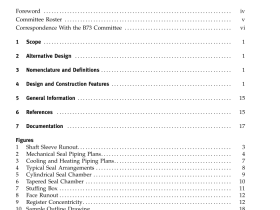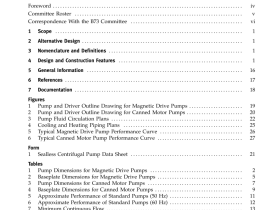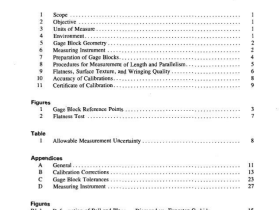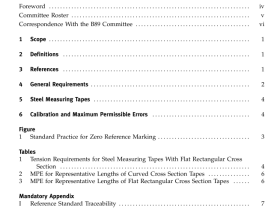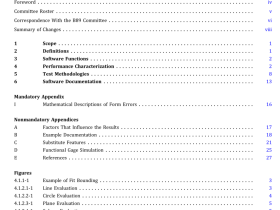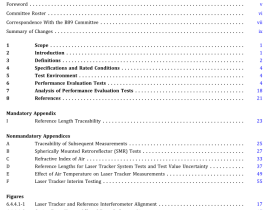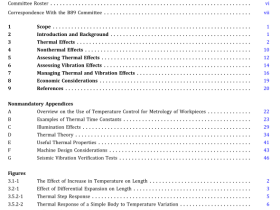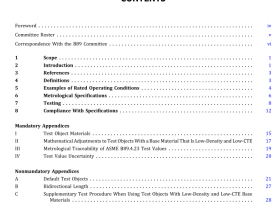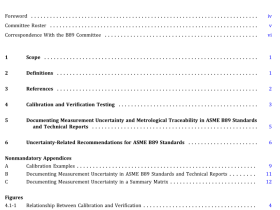ASME BTH-1 pdf download
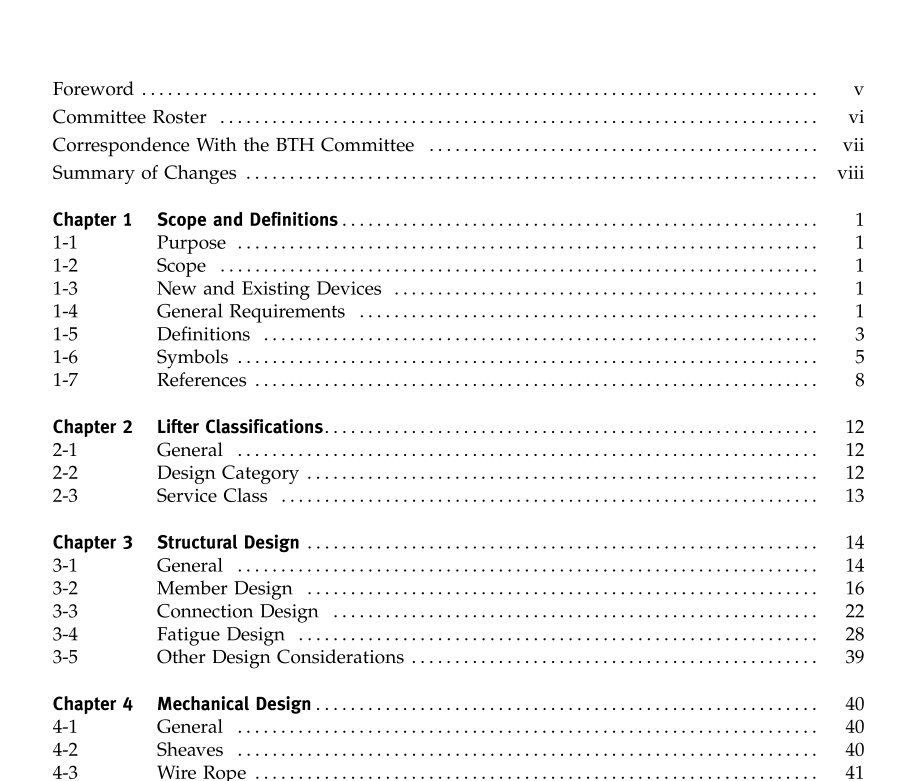
ASME BTH-1 pdf download Design of Below-the-Hook Lifting Devices
1-4.3 Design Criteria All below-the-hook lifting devices shall be designed for specified rated loads, load geometry, Design Category (see section 2-2), and Service Class (see section 2-3). Resolution of loads into forces and stress values affecting structural members, mechanical compo- nents, and connections shall be performed by an accepted analysis method. Commentary: The original ASME B30.20 structural design requirements defined a lifting device only in terms of its rated load. Later editions established fatigue life requirements by reference to ANSI/AWS D1 4.1. ASME BTH-1 now defines the design requirements of a lifter in terms of the rated load, the Design Category, and the Service Class to better match the design of the lifter to its intended service. An extended discussion of the basis of the Design Categories and Service Classes can be found in Chapters 2 and 3 Commentaries.
1-4.4 Analysis Methods The allowable stresses and stress ranges defined in this Standard are based on the assumption of analysis by classical strength of material methods (models), although other analysis methods may be used. The anal- ysis techniques and models used by the qualified person shall accurately represent the loads, material properties, and device geometry; stress values resulting from the analysis shall be of suitable form to permit correlation with the allowable stresses defined in this Standard.
Commentary: The allowable stresses defined in Chapters 3 and 4 have been developed based on the presumption that the actual stresses due to the design loads will be computed using classical methods. Such methods effectively compute average stresses acting on a structural or mechanical element.
Consideration of the effects of stress concentrations is not normally required when determining the static strength of a lifter component (see Commentary for para. 3-5.2). However, the effects of stress concentra- tions are most important when determining fatigue life. Lifting devices often are constructed with discontinuities or geometric stress concentrations, such as pin and bolt holes, notches, inside corners, and shaft keyways that act as initiation sites for fatigue cracks.
Analysis of a lifting device with discontinuities using linear finite element analysis will typically show peak stresses that indicate failure, where failure is defined as the point at which the applied load reaches the loss of function load (or limit state) of the part or device under consideration. This is particularly true when evaluating static strength. While the use of such methods is not prohibited, modeling of the device and interpretation of the results demands suitable expertise to assure the requirements of this Standard are met without creating unnecessarily conservative limits for static strength and fatigue life.
1-4.5 Material The design provisions of this Standard are based on the use ofcarbon, high strengthlow-alloy, or heattreated constructional alloy steel for structural members and many mechanical components. Other materials may be used, provided the margins of safety and fatigue life are equal to or greater than those required by this Standard.
All ferrous and nonferrous metal used in the fabrica- tion oflifting device structural members and mechanical components shall be identified by an industry-wide or written proprietary specification.
